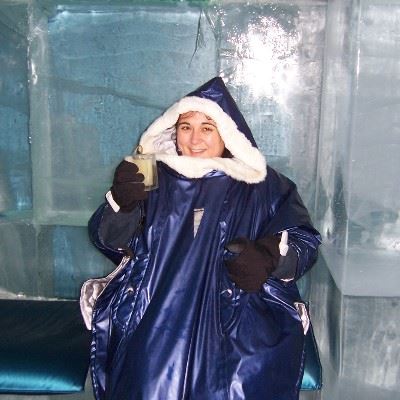Ronda, with a population of around 35,000, is located in the far north western province of Malaga in Andalucia. The town has excellent car, bus and train connections with Madrid, Seville, Cadiz and Malaga which is 100km away. The town, built along the top of an impressive escarpment, has one of the most dramatic settings in Spain.
The terrain towards Ronda is one of undulating hills planted with cereals and olive trees, but as one approaches the town, the landscape becomes more mountainous as Ronda is set in the middle of three nature reserves, the Sierra de las Nieves and the Sierra de Grazalema (both recognised by UNESCO as biosphere reserves) and the Nature Reserve Los Alcornocales, the largest cork oak forest in the Iberian peninsula and one of the most important in the world.
Understandably, Ronda and its surroundings are the centre in Andalusia for horse riding, biking, canyoning, canoeing and hiking.
Ronda is one of the oldest towns in Spain and can trace its origin back to Neolithic times. A fairly minor town during Roman times compared to nearby and very well preserved Acinipo, it came to prominence during the Islamic period with a flourishing of town planning, traditions, farming systems and cuisine.
Following the defeat of the Moors by the Catholic Monarchs in 1485, many economic and cultural changes took place, with the opening of many squares and widening of roads, though the moorish influence is still very much in evidence. However, it was in the 18th century that Ronda was to find its place within modern Andalusia, when grand houses and the spectacular Puente Nuevo bridge, towering 120 metres above the canyon floor were built. At that time the Neoclassical designed bullring was built, the oldest in Spain and home to some of the greatest names in bullfighting history.
During the 19th and 20th centuries the romantic image of the town grew with frequent visits by the likes of Orson Welles, Ernest Hemingway and George Eliot, who were all residents of Ronda’s old town. The famous German poet Rainer Maria Rilke also spent time here. Hemingway’s novel “For Whom the Bell Tolls” describing the Spanish Civil War was partly based in Ronda.
A few days spent in Ronda are a must. The views from the edge of the escarpment to which the buildings cling are spectacular. The town is very beautiful, with many stately homes built by the nobility. The restaurants are plentiful, the cuisine tasty and cafes abound in the many squares. A real delight.







